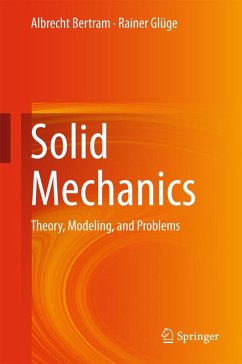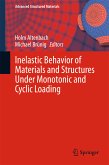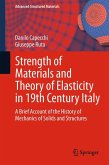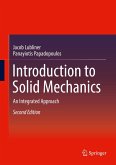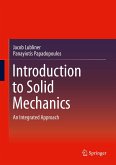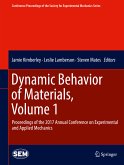This textbook offers an introduction to modeling the mechanical behavior of solids within continuum mechanics and thermodynamics. To illustrate the fundamental principles, the book starts with an overview of the most important models in one dimension. Tensor calculus, which is called for in three-dimensional modeling, is concisely presented in the second part of the book. Once the reader is equipped with these essential mathematical tools, the third part of the book develops the foundations of continuum mechanics right from the beginning. Lastly, the book's fourth part focuses on modeling the mechanics of materials and in particular elasticity, viscoelasticity and plasticity. Intended as an introductory textbook for students and for professionals interested in self-study, it also features numerous worked-out examples to aid in understanding.
Dieser Download kann aus rechtlichen Gründen nur mit Rechnungsadresse in A, B, BG, CY, CZ, D, DK, EW, E, FIN, F, GR, HR, H, IRL, I, LT, L, LR, M, NL, PL, P, R, S, SLO, SK ausgeliefert werden.

